Preserving Natural Treasures
Open spaces like parks, forests, and wilderness areas are among our nation’s most important treasures, providing us with opportunities to take part in recreation, enjoy beautiful scenery, and enhance our mental health—as well as delivering economic benefits.
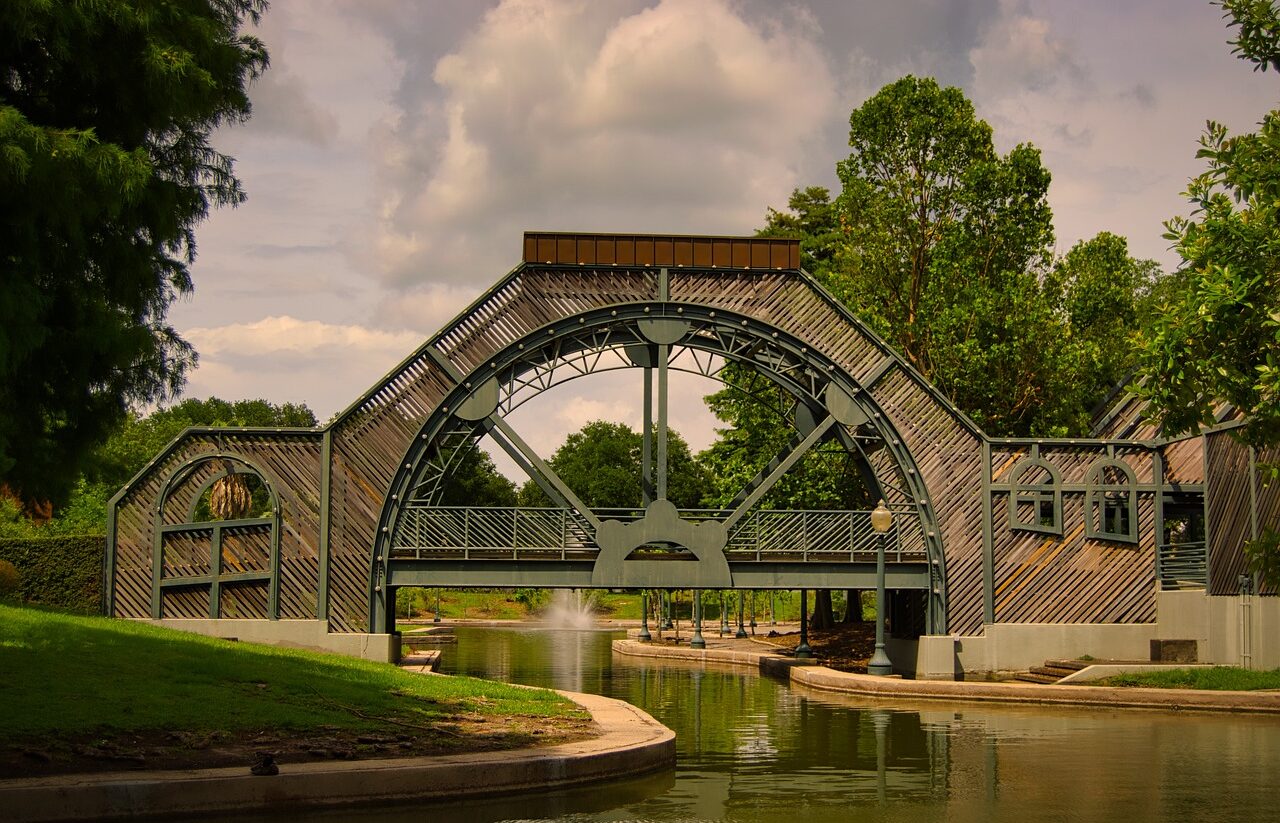
Benefits of Parks
Because parks give us so many important benefits, they are often integral parts of commercial development and infrastructure projects. And more and more communities are creating parks from unexpected places like reclaimed brownfields and redeveloped industrial zones.
Parks can also help revitalize communities while improving public health. During the COVID-19 pandemic, as more and more people explored neighborhood parks and outdoor destinations, the value of parks and outdoor recreation in supporting mental health and wellness became increasingly clear.
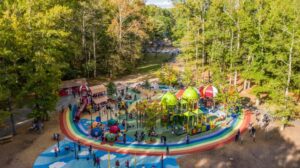
Even as parks and open spaces deliver incredible value to communities, the costs to create and maintain such spaces can sometimes be a barrier. Development pressures in sought-after communities can drive up the cost of acquiring land for open space, greenways, and parks. Government funds for park acquisition and maintenance have lagged while the demand for more parks and open space conservation has increased.
Green spaces such as national parks can also be powerful drivers of economic growth. The U.S. Department of the Interior reviewed the economic impacts of national parks and found that, in 2019, more than 327 million visitors spent $21 billion in communities within 60 miles of a park in the National Park System. Although these massive visitation numbers enrich our economies, they also put a strain on park resources.
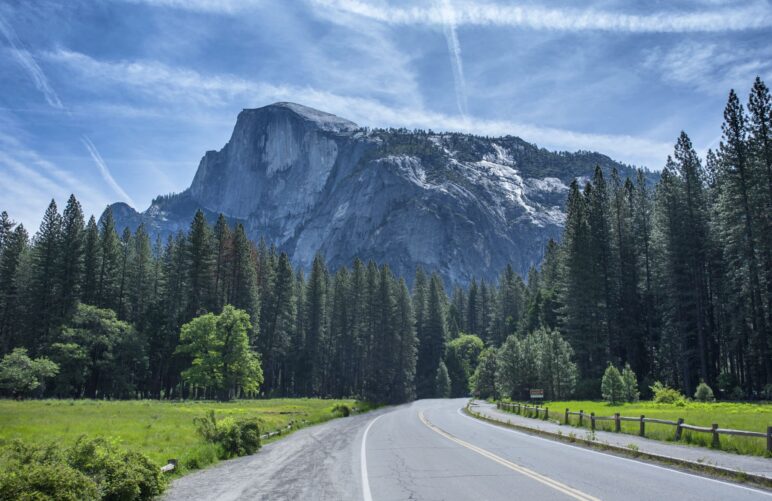
$21B
2019 visitor spending in national parks was nearly $21B
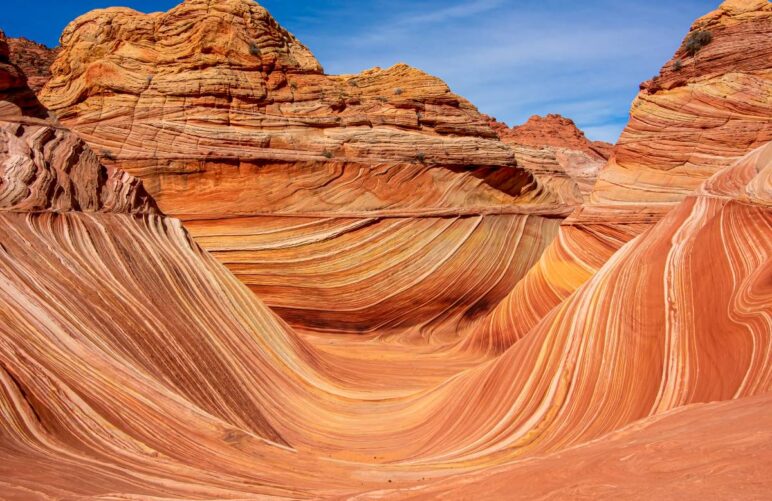
327M
National parks welcomed 327 million visitors in 2019
Stewarding Public Lands
In taking care of these important public lands, we must also protect open spaces and parkland from uses that harm or destroy scenic values and critical resources. We must also ensure that unavoidable extraction and infrastructure projects, such as mining or logging, that take place in open space and parkland are professionally planned in such a way that harmful scenic and environmental impacts are minimized and mitigated through restorative and enhancement measures. National parks and national monuments are two parts of a national land protection system, which, across all levels and jurisdictions, covers more than 726 million acres. Of this land, 433 million acres are available for logging or localized mining or other extractive activities. Only about 40% of this land is protected from development, but demand for more extraction could continue to erode park and monument designations.
Ultimately, there are many cases in which extraction, development, or other commercial activity cannot occur without causing significant harm to the scenic beauty of a place. Within the National Park Service system, national monuments include sensitive cultural and historic sites, such as the 900-year-old ruins at Aztec Ruins National Monument in New Mexico. These sites are particularly vulnerable to scenic intrusions. This is also true for lands that serve as habitats for endangered species and sensitive ecosystems; these places are crucial sources of America’s biodiversity. To protect key monuments and natural places, all development and extraction must be prohibited in some places.
America’s premier national parks’ and federal lands’ greatest value is the pristine state of nature and the unblemished beauty they offer visitors.
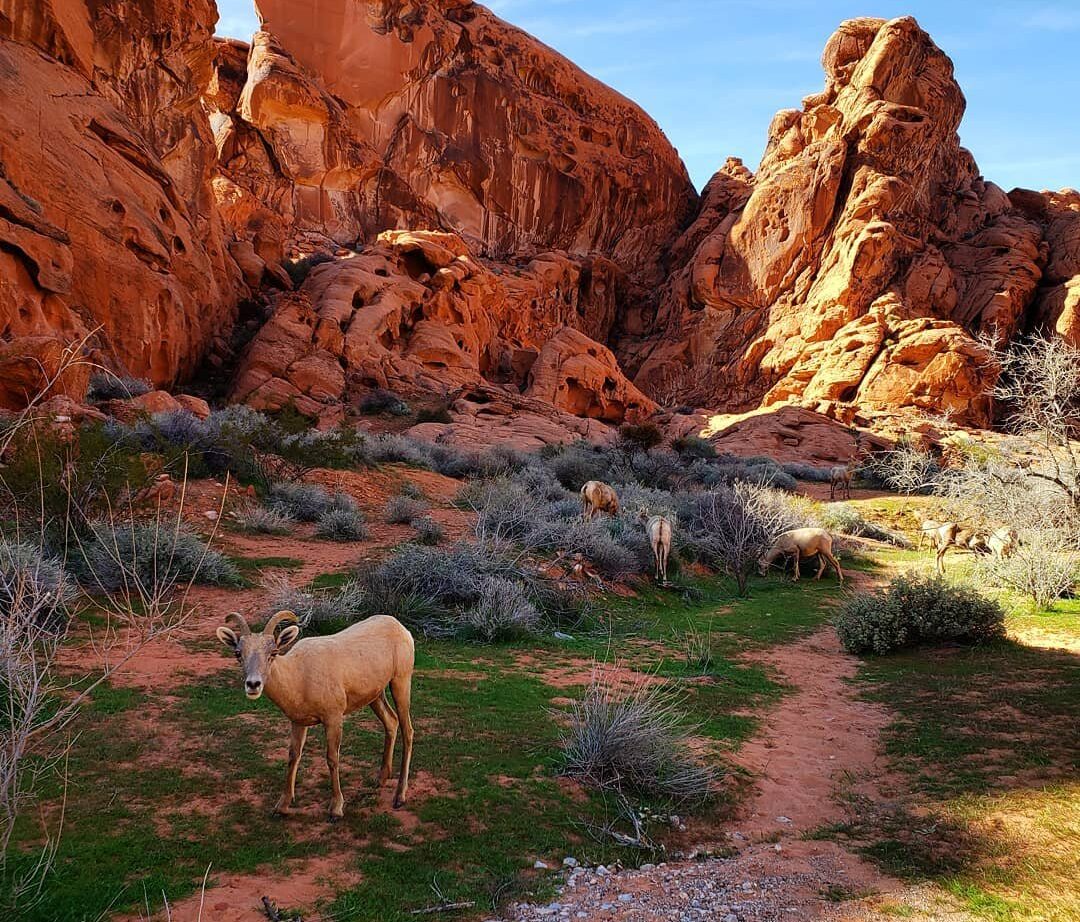
Join Our Cause
Help us protect America's parks and public lands. Every gift makes an impact.
Give Now